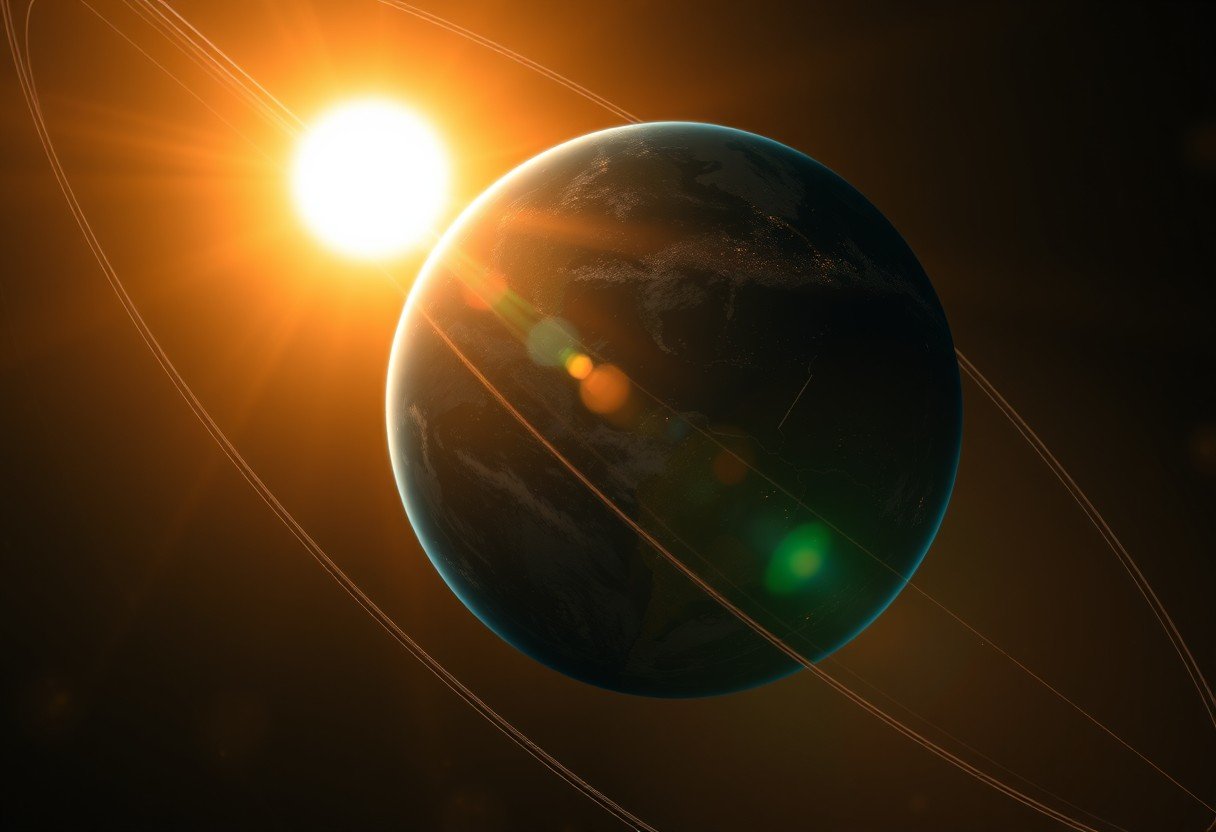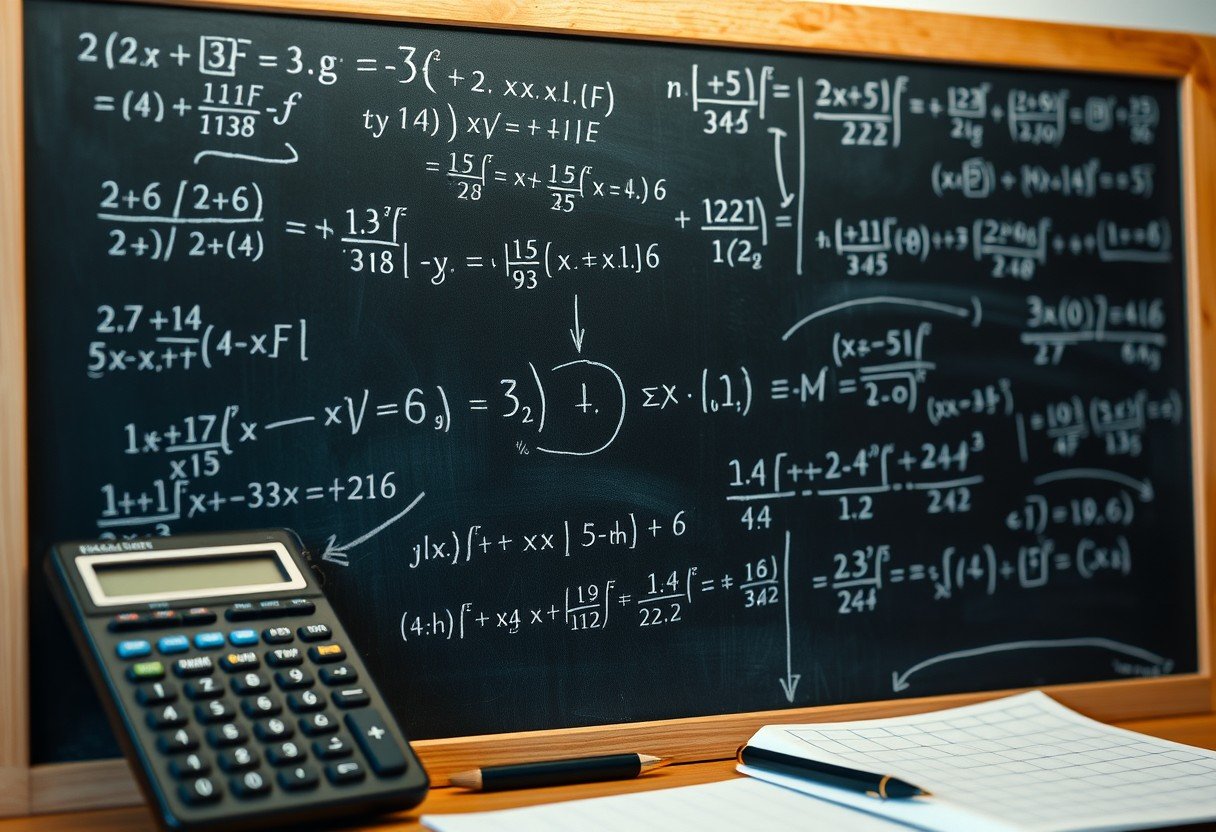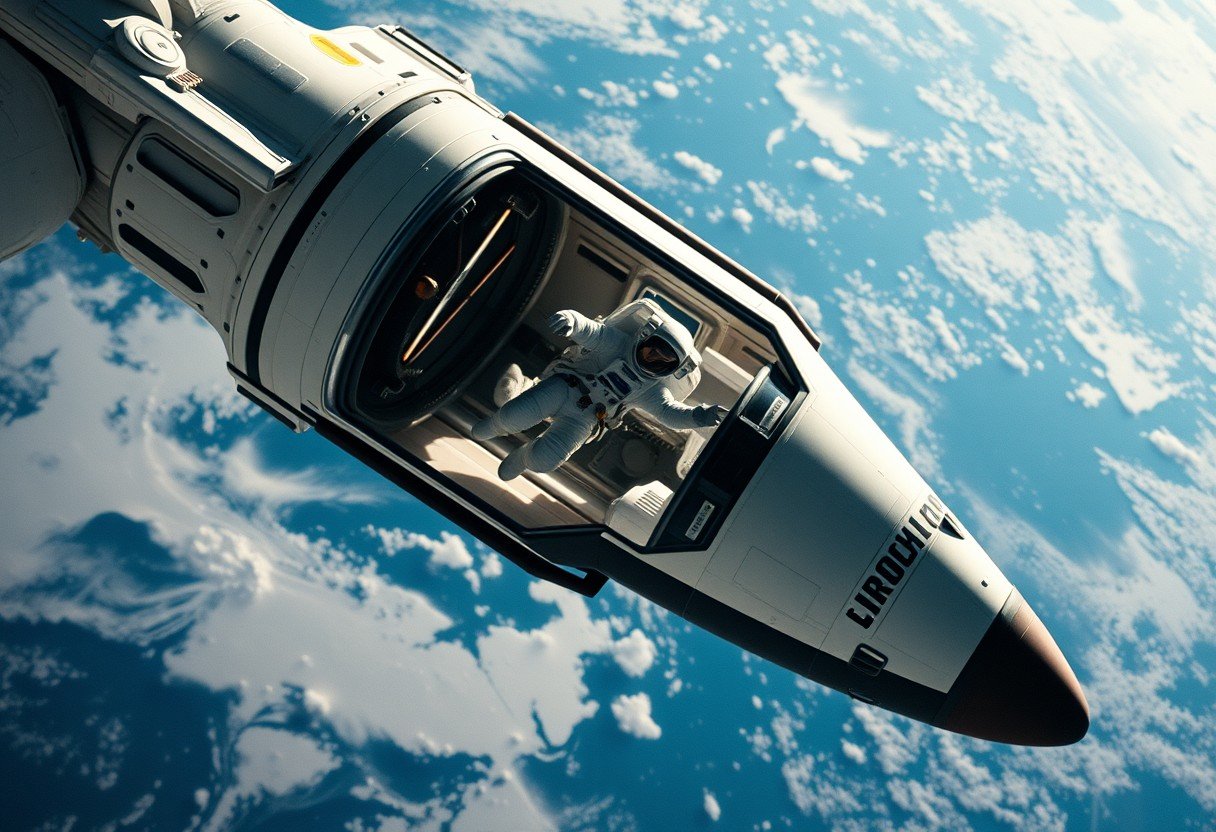At the distance of Earth’s orbit, we are constantly falling toward the Sun. This concept, known as free-fall acceleration, is the result of the Sun’s immense gravitational pull. The acceleration is about 0.0059 m/s², a tiny value compared to Earth’s gravity but powerful enough to keep our entire planet locked in a stable orbit. Understanding this force helps explain why planets move the way they do and is crucial for navigating our solar system.
What Exactly is Free-Fall Acceleration?
Free-fall acceleration is the rate at which an object speeds up when gravity is the only force acting on it. Imagine you are in space and you let go of an object. It wouldn’t just float; it would start moving toward the largest nearby mass, which is the Sun.
This happens because of the gravitational force between two objects. According to Newton’s law of universal gravitation, this force depends on how massive the objects are and how far apart they are.
The Sun’s gravity is the dominant force in our solar system, pulling everything toward its center. It’s this continuous pull that generates the free-fall acceleration that dictates the motion of planets, asteroids, and comets.
The Sun’s Powerful Gravitational Influence
The Sun exerts a significant gravitational pull on Earth, even from 93 million miles away. This force is the reason our planet follows a predictable path year after year, preventing it from flying off into deep space.
The main reason for this powerful pull is the Sun’s incredible mass. It contains about 99.86% of all the mass in the entire solar system. This concentration of mass creates a deep “gravity well” that traps planets in orbit.
Of course, distance also plays a critical role. Gravity gets weaker as you move farther away from an object. The 93 million mile average distance between the Earth and Sun creates a perfect balance that allows for a stable orbit and the conditions necessary for life.
Calculating the Acceleration toward the Sun
You can calculate the free-fall acceleration toward the Sun using a straightforward formula derived from Newton’s Law of Universal Gravitation. This equation allows scientists and engineers to predict the movement of celestial bodies with incredible accuracy.
The formula is:
g = G * M / r²
To understand this calculation, let’s break down what each part of the formula represents:
- g is the free-fall acceleration you want to find.
- G is the universal gravitational constant, a fixed number that describes the strength of gravity throughout the universe.
- M is the mass of the larger object, in this case, the Sun.
- r is the distance between the centers of the two objects, here the distance from the Sun to Earth.
When you plug in the actual values for the Sun’s mass and Earth’s orbital distance, the result is approximately 0.0059 meters per second squared (m/s²). This is the constant acceleration Earth experiences as it orbits the Sun.
| Component | Symbol | Approximate Value |
| Gravitational Constant | G | 6.674 × 10⁻¹¹ N(m/kg)² |
| Mass of the Sun | M | 1.989 × 10³⁰ kg |
| Earth-Sun Distance | r | 1.496 × 10¹¹ m |
How Earth’s Elliptical Orbit Causes Variations
While we often think of Earth’s orbit as a perfect circle, it’s actually a slight oval, or an ellipse. This means our distance from the Sun changes throughout the year. This changing distance causes small variations in the free-fall acceleration.
There are two key points in Earth’s orbit:
- Perihelion: This is when Earth is closest to the Sun. At this point, the Sun’s gravitational pull is strongest, and the free-fall acceleration slightly increases.
- Aphelion: This is when Earth is farthest from the Sun. Here, the gravitational pull is at its weakest, and the free-fall acceleration slightly decreases.
Although this variation is real, it is very subtle and not nearly enough to disrupt Earth’s overall stability. However, these small changes do have minor effects on things like the length of seasons and the dynamics of satellites orbiting our planet.
What this Means for Space Travel
Understanding the Sun’s free-fall acceleration is not just an academic exercise; it has critical real-world implications, especially for space travel. Every spacecraft launched from Earth is immediately subject to the Sun’s gravitational influence.
Mission planners and navigators must make precise calculations to account for this constant pull. Failing to do so would cause a spacecraft to miss its target, whether that’s Mars, an asteroid, or another planet.
Furthermore, engineers can use this force to their advantage. By carefully planning a spacecraft’s trajectory, they can use the gravity of planets or the Sun to gain speed and change direction without using fuel. This technique, known as a gravitational assist or “slingshot,” is essential for long-distance journeys across the solar system.
Frequently Asked Questions
What is the free-fall acceleration toward the Sun at Earth’s distance?
The free-fall acceleration experienced by an object at Earth’s average orbital distance is approximately 0.0059 m/s². This constant pull is what maintains our planet’s stable orbit around the Sun.
Why doesn’t Earth just fall into the Sun?
Earth doesn’t fall into the Sun because it is also moving sideways at a very high speed. This sideways motion, or velocity, creates an outward inertia that perfectly balances the Sun’s inward gravitational pull, resulting in a stable, nearly circular orbit.
Does the acceleration toward the Sun change?
Yes, it changes slightly throughout the year. Because Earth’s orbit is an ellipse, its distance from the Sun varies. The acceleration is slightly stronger when Earth is closest (perihelion) and slightly weaker when it is farthest (aphelion).
What is the most important factor for this acceleration?
The two primary factors are the mass of the Sun and the distance from it. The Sun’s immense mass is the source of the gravitational force, while the distance determines the strength of that force at a specific point like Earth’s orbit.
How does the Sun’s gravity affect other planets?
The Sun’s gravity affects all planets in the same way, but the resulting free-fall acceleration is different for each one. Planets closer to the Sun, like Mercury, experience a much stronger acceleration, while planets farther away, like Neptune, experience a much weaker one.








Leave a Comment